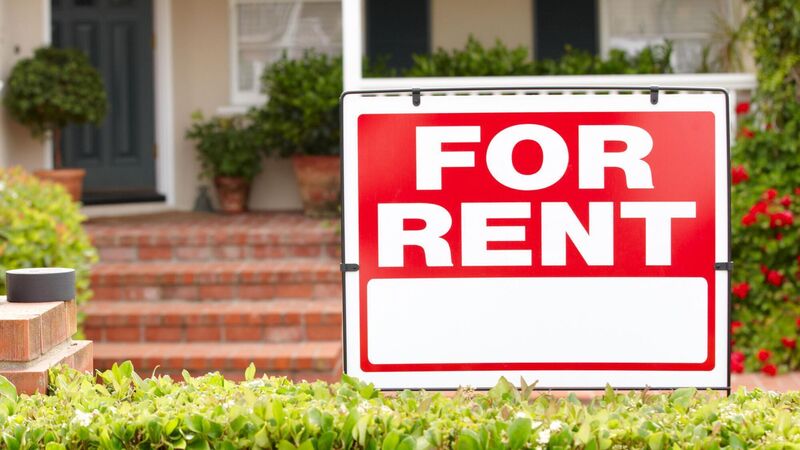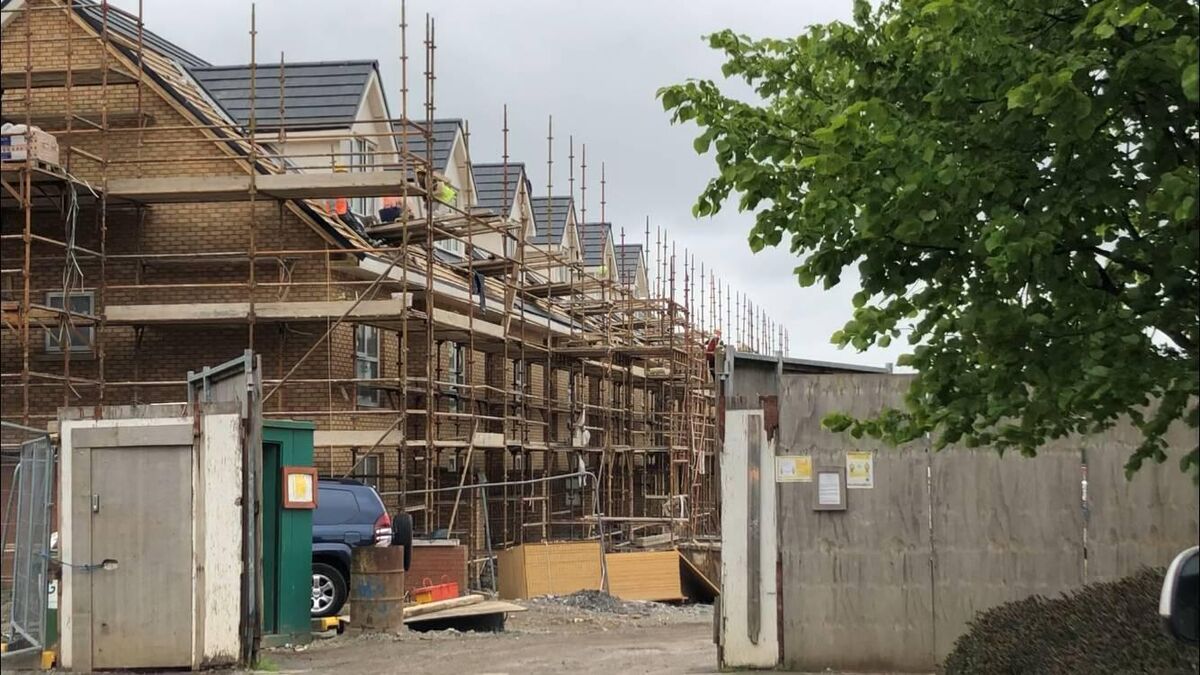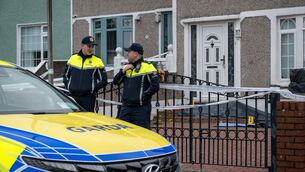Just 64 homes to rent in Cork, Galway, Limerick and Waterford combined

There were just 131 homes available to rent in Munster at the start of this month, the lowest ever level recorded.
There are now almost no available properties to rent across much of the country and those able to find a home face paying prices far above Celtic Tiger levels.
The findings of the latest daft.ie quarterly rent report show that on May 1 this year, there were just 851 homes available to rent nationwide – down 77% year-on-year.
To put that in perspective, the report points out that the average number of homes available to rent nationwide at any point in time over the period 2006-2021 was nearly 9,200 – over 10 times the supply available currently.
Professor Ronan Lyons, the author of the report, said the "unprecedented" fall in the number of rental properties means that for people seeking new leases the situation has "never been so grim" as the number of available leases has all but collapsed.
The average market rent in the first quarter of this year stood at €1,567, almost 12% more than the comparable figure of €1,400 a year ago.
There were just 131 homes available to rent in Munster at the start of this month, the lowest ever level recorded - and it was a similar story in Leinster and in Connacht/Ulster.
There were just 64 homes to rent in Cork, Galway, Limerick and Waterford cities combined on May 1, compared to more than 350 during 2019.
Prof Lyons also pointed to the competing realities of those people already living in Rent Pressure Zones - 'stayers' - and 'movers', prospective tenants of new leases.
"While market rents have risen by 38% since the start of 2017 – and more than doubled in a decade – rents for those who have stayed put are, on average, just 10% higher now than in early 2017 and about 40% higher than a decade ago," he said, adding that the lack of new rental accommodation has existed for over a decade and needs to be urgently addressed.
"As ever, in a rental market dogged by chronic and worsening shortage of homes, the only real solution is to increase the number of homes. With more pressure from certain quarters to stop new rental homes being built, policymakers must hold their nerve."
The 11.7% year-on-year change in the average listed rent was the highest such increase since late 2016. The area with the highest average rent in the country, South County Dublin, is up 9.7% in a year to €2,314.
The average rent in Cork City jumped by 10.2% to €1,607, and by 10.8% in the county, to €1,258 on average compared to a year ago.
Elsewhere, average rents rose by 13.8% in Galway City year-on-year, by 15.5% in Limerick City, and by 16.2% in Waterford City.

The rental crisis comes amid growing alarm about the cost of living and rising homelessness figures, which had contracted over the first two years of the Covid-19 pandemic.
Just last month the national housing charity, Threshold, expressed serious concern about average yearly rental increases outlined by the Residential Tenancies Board.
As for the latest daft.ie quarterly report figures, Threshold chief executive John-Mark McCafferty said there is "clear cause and effect" between the current state of the rental market and the risk of increased homelessness.
"The lack of supply is horrendous, it is a real worry because it means that private renters have little or no options if faced with a dispute with a landlord or a rent increase they find unaffordable, especially in the context of the increased cost of living.
"The frightening thing is for private renting families or individuals is there is nowhere to go."
The rental issues also come as the Government struggles to accommodate the growing number of Ukrainian refugees arriving into the country and after it was revealed that some local authorities are falling well short of targets for building social housing.












